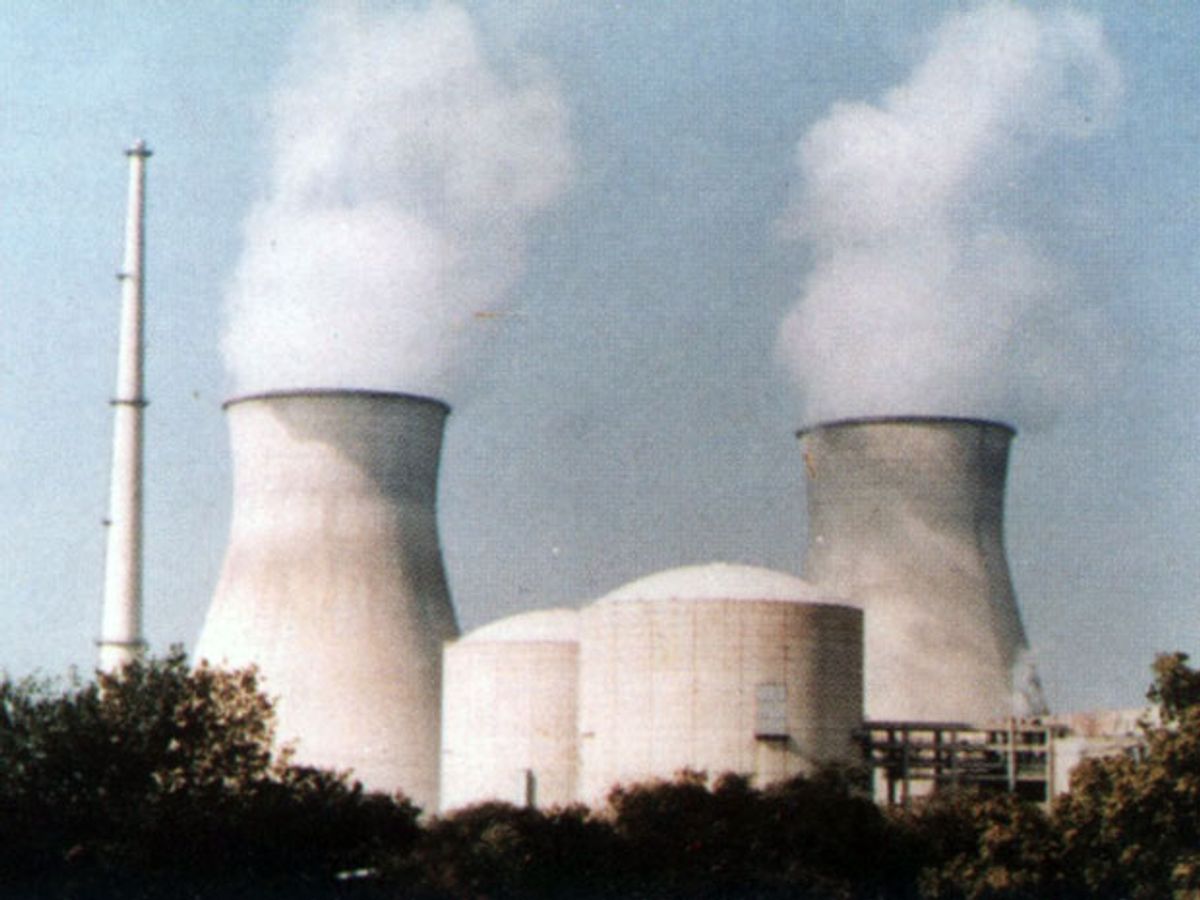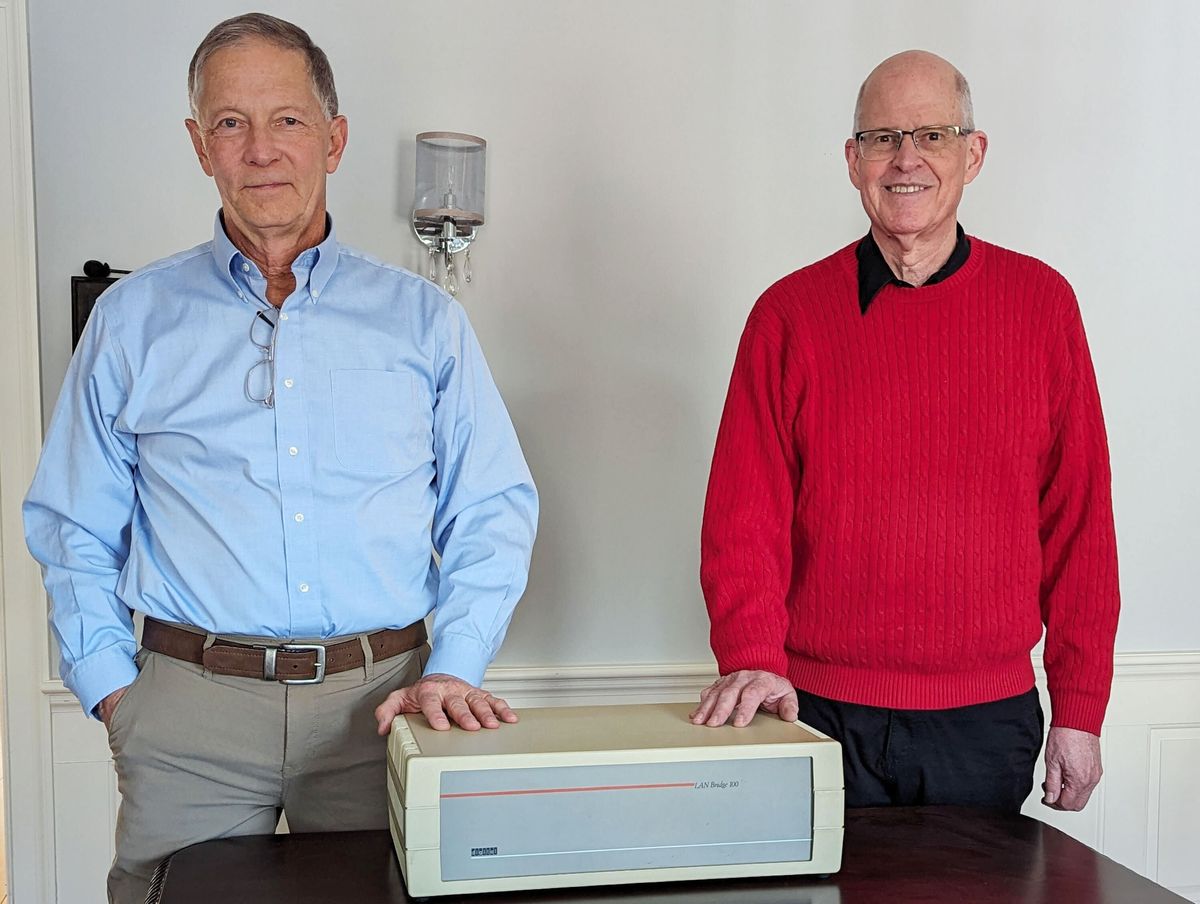It is no secret that India still lacks a politically independent nuclear oversight authority that is well separated from the industry it oversees. The Fukushima nuclear catastrophe was a recent reminder of just how important it is to have independent nuclear oversight, a lesson already driven home a generation before by the serious U.S. accident at Three Mile Island (TMI). The stubborn refusal of India's government to set up the kind of regulatory authority that is so obviously needed means, in effect, that one cannot have real confidence in a nuclear program that could in principle be one of the world's most important.
A telling but little-known and little-discussed example of what can happen under weak regulatory circumstances was a serious accident that took place at India's Narora reactor in March 1993, an incident that "came close to joining Chernobyl and Fukushima in the annals of industrial civilization," as writer Madhusree Mukerjee put it in a recent review of M.V. Ramana's The Power of Promise: Examining Nuclear Power in India (Penguin/Viking, 2012).
In that accident, which Ramana describes and discusses in detail in his book, two blades broke off a steam turbine and ruptured cooling system pipes, leading to a hydrogen leak, hydrogen fire, and oil fire. Though operators managed to shut down the plant manually, they then had to desert the smoke-filled control room for 13 hours, so that during that time they were "flying blind." Fearing that heat still being generated in the dormant fuel rods might lead to a recriticality, workers heroically climbed atop the reactor vessel to pour reactivity-quenching boron into the core.
All that is disconcerting enough, but what is really disconcerting about the story as Ramana tells it, is that the plant's owner-operator and Indian regulatory authorities were well-aware of issues having to do with the fragile turbine blades and possible oil fires well before the accident and yet did nothing to address those concerns. What is more, there is little or no evidence they did anything after the accident, either. Further incidents, less serious, took place.
Neither Ramana nor Mukerjee, both Ph.D. physicists who have contributed to Spectrum magazine, discusses the Narora reactors' somewhat unusual design and whether the reactors might have a feature that contributed crucially to the Chernobyl catastrophe. The two Narora units are pressurized heavy-water reactors, which means they are a kind of hybrid of the standard U.S. pressured water reactor and Canada's CANDU heavy water reactor. The CANDU, like the RBMK units at Chernobyl, has in certain operating regimes what is called a "positive reactivity coefficient," meaning that if coolant is lost at certain power levels, reactivity drastically escalates rather than de-escalating. It was this feature and operators' disregard of it that was the basic cause of the Chernobyl explosions (as I described in detail in the June 1989 issue of MIT's Technology Review).
What Ramana does do additionally, however, is deliver some telling stories about how the two questionable Narora reactors got built in the first place. When it became clear that the regional grid system was not really big enough to justify and support construction of a nuclear power plant, Indian planners took inspiration from the story about Mohammed and the mountain, as Ramana nicely puts it: That is, instead of deciding not to build a reactor too big for the grid, they instead cooked up hair-brained schemes to make the grid much bigger—with considerable technical support from Oak Ridge National Laboratory, let it be said.
From its earliest inception, as Mukerjee spells out in her review, India's Atomic Energy Commission and Department of Atomic Energy (DAE) have reported directly to the prime minister, enabling them to function largely in secrecy. Thus, when it comes to nuclear safety, "DAE never shares its emergency plans with locals," "does not reveal the health records of its workers," "does not even monitor the health of temporary workers," and "never reveals the quantities of radioactive substances released into the environment by accidents or routine operations."
photo: NPCIL


